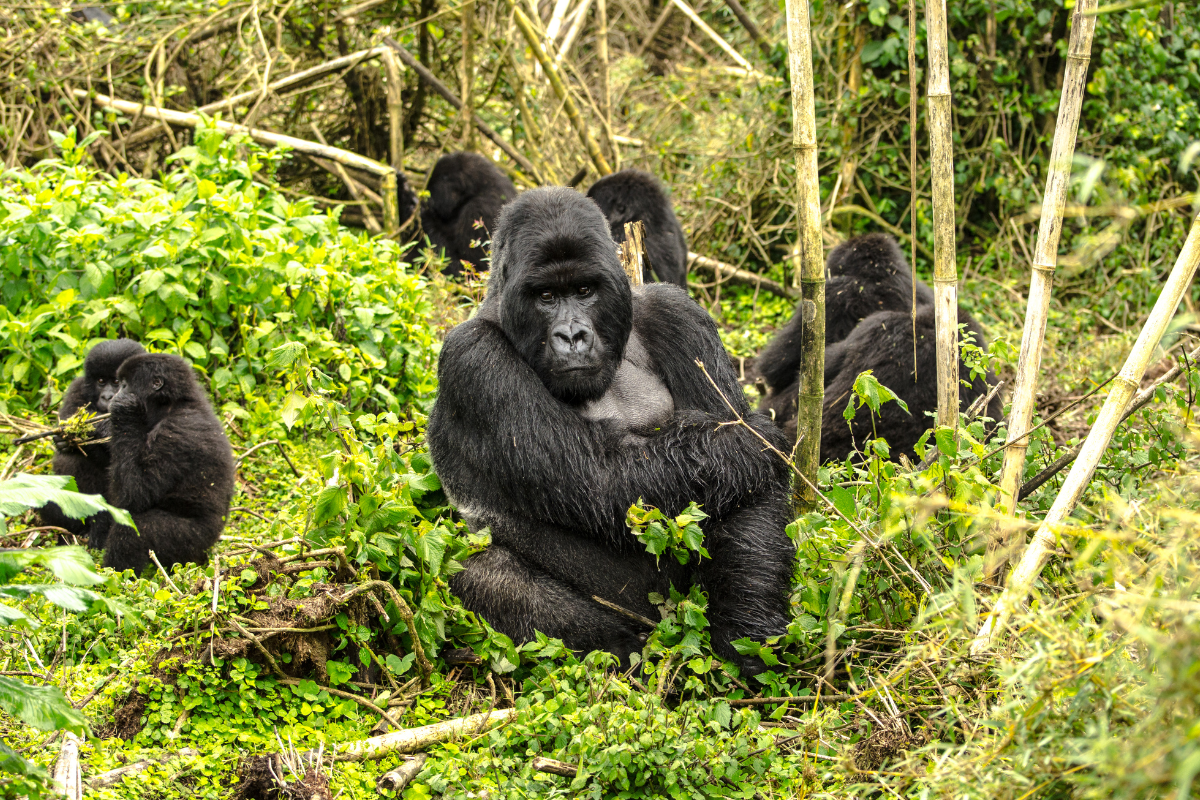Planning a trip to East Africa is an exciting endeavor, with its stunning landscapes, diverse wildlife, and rich cultural experiences. However, determining the best time to visit this region for perfect weather is essential to ensure a comfortable and enjoyable journey.
As experts in African travel, we’ll guide you through the optimal timing for your East African adventure and we will also share the best time to go on an African safari.
Understanding East Africa’s Seasons
East Africa, encompassing countries like Kenya, Tanzania, Uganda, Rwanda, and Burundi, experiences two primary seasons: the dry season and the wet season. Each season has its unique appeal, depending on your preferences and the experiences you seek.
Dry Season (June to October)
The dry season in East Africa, which coincides with the region’s winter months, is the most popular time for tourists. Here’s why:
Perfect Weather: This season offers the most predictable and pleasant weather with mild temperatures and clear skies. Daytime temperatures typically range from 20°C to 30°C (68°F to 86°F), making it comfortable for outdoor activities.
Prime Wildlife Viewing: The dry season is the best time for wildlife enthusiasts. With the vegetation thinning out and water sources becoming scarce, animals gather around rivers and watering holes, making them easier to spot. It’s a great time to witness the Great Migration in the Serengeti and Maasai Mara.
Ideal for Trekking: If you plan to trek, hike, or climb, the dry season provides excellent conditions. Mount Kilimanjaro and Mount Kenya, East Africa’s highest peaks, are most accessible during this time.
Fewer Mosquitoes: Lower rainfall means fewer mosquitoes, reducing the risk of malaria and making your trip more comfortable.
Wet Season (November to May)
While the wet season might not be as popular, it has its unique advantages:
Lush Landscapes: East Africa transforms into a lush, green paradise during the wet season. The landscapes are incredibly scenic, making it an excellent time for photography and a more immersive experience in nature.
Baby Animals: If you’re a fan of baby animals, the wet season is the best time for wildlife photography, as many animals give birth during this period. You’ll also see an abundance of migratory birds.
Lower Costs: Accommodation and tour prices tend to be lower during the wet season, making it a more budget-friendly option for travelers.
Choosing the Ideal Month
Now, let’s break down the best months for your East African adventure:
June to October: These months are ideal for safaris, with June and July being particularly excellent for the Great Migration in the Serengeti and Maasai Mara.
November: This is the start of the short rains, and it’s still a good time for safaris, with fewer tourists.
December to February: These months are part of the short dry season, offering fantastic wildlife viewing and pleasant weather.
March to May: The long rains occur during these months, making it the wettest period. While safaris are still possible, you’ll experience occasional heavy rains. However, it’s a fantastic time for birdwatching and seeing baby animals.
Activities for Different Seasons
Your choice of season also depends on the activities you plan to enjoy during your East African adventure:
Safari: If your primary goal is to go on an African safari and witness the incredible wildlife of East Africa, the dry season is your best bet.
Trekking and Hiking: If you’re looking to conquer Mount Kilimanjaro, Mount Kenya, or explore the Rwenzori Mountains, the dry season offers the most favorable conditions.
Photography: If you’re an avid photographer, both the dry and wet seasons have their merits. The lush green landscapes of the wet season can provide unique and breathtaking photo opportunities, while the dry season’s clear skies and predictable wildlife behavior offer excellent conditions for wildlife photography.
Conclusion
Choosing the best time to visit East Africa for perfect weather largely depends on your preferences and the experiences you seek. The dry season from June to October offers ideal weather for safaris and outdoor activities, while the wet season from November to May provides lush landscapes and unique wildlife opportunities.
To make the most of your East African journey, consider the activities you’re most excited about and plan accordingly. Whichever season you choose, East Africa promises awe-inspiring beauty, unforgettable wildlife encounters, and a deep connection with nature and culture that will leave you with cherished memories.
So, pack your bags, pick your season, and get ready to have an amazing adventure in East Africa.










